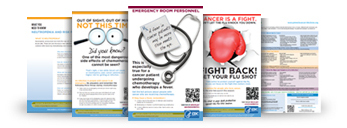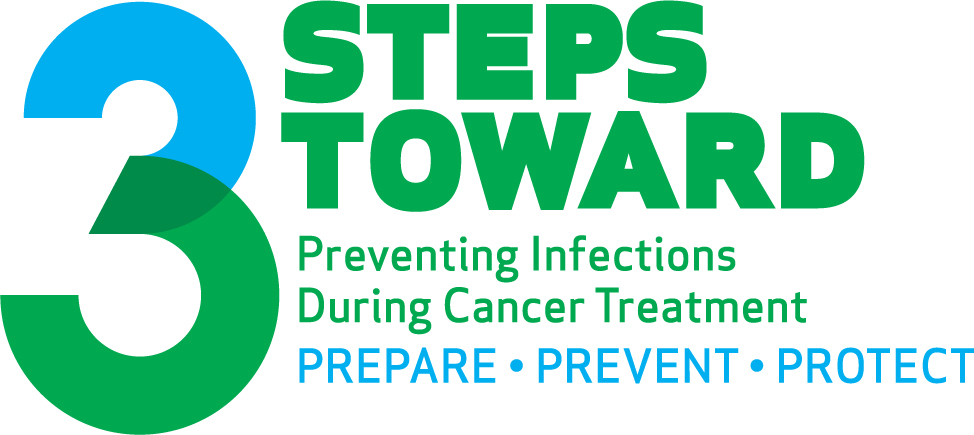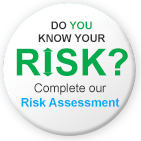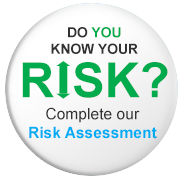WHAT HAPPENS DURING MY NADIR?
If you're in your nadir period, the good news is that you just completed another round of chemotherapy and are one step closer to having this behind you. However, you may be more likely to develop an infection during your nadir because your body’s first line of defense (white blood cells) will be at its lowest point. You should carefully watch for signs and symptoms of infection during this time.
You can also take extra precautions to prevent infections, like washing your hands regularly and staying away from sick people.
To help strengthen your immune system during chemotherapy, your doctor may prescribe medicine that will help your body make more white blood cells. The medicine may shorten the duration of your nadir.

HOW DO I KNOW WHEN MY NADIR IS?
Your doctor or nurse will tell you. Chemotherapy treatment will usually involve a number of doses (sometimes called cycles). In general, starting approximately 7-12 days after each chemotherapy dose, and lasting for 5-7 days, the number of white blood cells in your body will be at its lowest.
For example, if you have a dose of chemotherapy on August 7, you are at highest risk of getting an infection between August 14 and August 19. This period varies slightly depending upon the chemotherapy drug, or combination of chemotherapy drugs, given.


 "I never thought seriously about the risk of infection until I was hospitalized and unable to fight a fever. It’s so important to understand what steps you can take to help protect yourself."Breast Cancer Survivor
"I never thought seriously about the risk of infection until I was hospitalized and unable to fight a fever. It’s so important to understand what steps you can take to help protect yourself."Breast Cancer Survivor 






